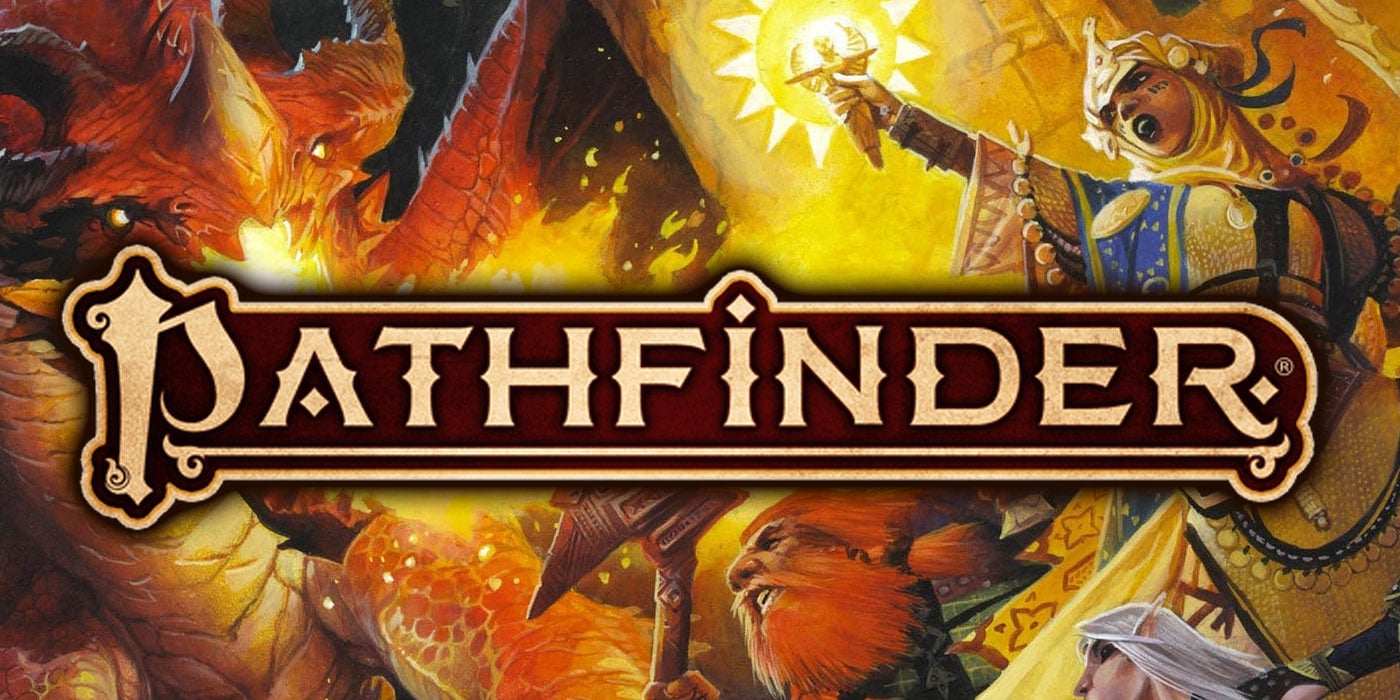Pathfinder: Skills And Feats In The New Edition

Pathfinder’s ongoing glimpse into their next edition continues. Today we take a look at skills and some of their associated feats. Having read through this–it’s definitely still Pathfinder, but it’s a whole new world.
Pathfinder’s 2nd Edition rules previews havebeen a great way to get some insight into the design decisions that are powering this new edition. It’s the first time in a decade that the rules of the game are being overhauled–the engine’s getting a complete rework. And I’m loving what I’ve seen so far. The customization for classes that’s the core of Pathfinder’s identity as an RPG is still there–but it takes on a whole new style and substance in the light of these new rules. There’s a lot more complexity to play around with.
So too with skills. Previously they could feed into your character, but the only way to really leverage them was to jump up your skill check as high as you can–because nobody really wanted to spread their skill points out so that you had a little here and there. If you split skills it was always in increments of 5, and so on. But in the new edition (which is still just building towards a playtest, so none of this is final) skills have a new light. Let’s take a look.
First up, there are fewer skills. The list has been pared down from 35 skills to just 17. Which is amazing. Let’s be honest, how often did you really use every single one of them? Here’s the list of all the current skills:
-
Acrobatics (Dex)
Advertisement -
Arcana (Int)
-
Athletics (Str)
-
Crafting (Int)
-
Deception (Cha)
Advertisement -
Diplomacy (Cha)
-
Intimidation (Cha)
-
Lore (Int)
-
Medicine (Wis)
Advertisement -
Nature (Wis)
-
Occultism (Int)
-
Performance (Cha)
Subscribe to our newsletter!Get Tabletop, RPG & Pop Culture news delivered directly to your inbox.By subscribing you agree to our Terms of Use and Privacy Policy. -
Religion (Wis)
-
Society (Int)
-
Stealth (Dex)
Advertisement -
Survival (Wis)
-
Thievery (Dex)
And in part because of the consolidation, players have access to a little more training than they used to. Fighters, for instance, half-again increase the number of skills they have (for a grand total of 3 trained skills + Int modifier of course [after all this is still Pathfinder]).
All of this is built atop the Proficiency System that powers Pathfinder 2.0. Your proficiency bonus is based around one of four tiers: Untrained (-1), Trained (+0), Expert (+1), Master (+2), Legendary (+3) which combine with your level and ability modifier to give your base modifiers. So a 20th level Rogue with Legendary Stealth has a +23 before adding ability modifiers.
But skills in the new edition are about more than just making checks. Each skill has a set of base skill uses, and, as players level up, they’ll have the ability to take skill feats as well. These change the things you can do with your skills in interesting ways, but let’s start with the basics.
So there’s the baseline use for Medicine. Whether you’re trained in Medicine or not, you can use the skill (and a healer’s kit) to administer first aid to a creature. If you’re trained, though, you can also use a healer’s kit to Treat Disease and Treat Poison, something that someone untrained in the skill cannot do. Lots of little granular instances like that are going to really expand how actively you can use–and thus should consider–your skills.
Then there are the skill feats–these are feats that you can take periodically just as a part of levelling up. Most characters get them at even levels, Rogues get one every level. They’re a subset of general feats, so as long as you meet the prerequisites, you can take one though. Here’s one example:
There are feats like that for every skill. Particularly interesting was the preview of what Stealth has to offer:
Stealth is a bit of an outlier in that all of its initial uses can be attempted untrained, but training and later proficiency in the skill yields some very subversive results. The Quiet Allies skill feat allows you to use your expertise in Stealth to reduce those pesky armor check penalties on allies’ skill checks, while Swift Sneak allows a master in Stealth to move at their full speed when they Sneak. Upon becoming legendary, you further enhance your skill by no longer needing to specifically declare the sneaking exploration tactic when you are in exploration mode, allowing you to sneak everywhere. You’re just that good.
So, all in all, Pathfinder 2.0 is shaping up to be exciting. We’re looking forward to playtesting it–and for now, you can still pre-order your hardcover copy of the playtest rules, which will be out at GenCon. We expect they’ll sell out quickly, so make sure you get while the getting’s good.
What do you think of the skill rules? Complicated or do they add the depth you’re looking for in a skill system?











